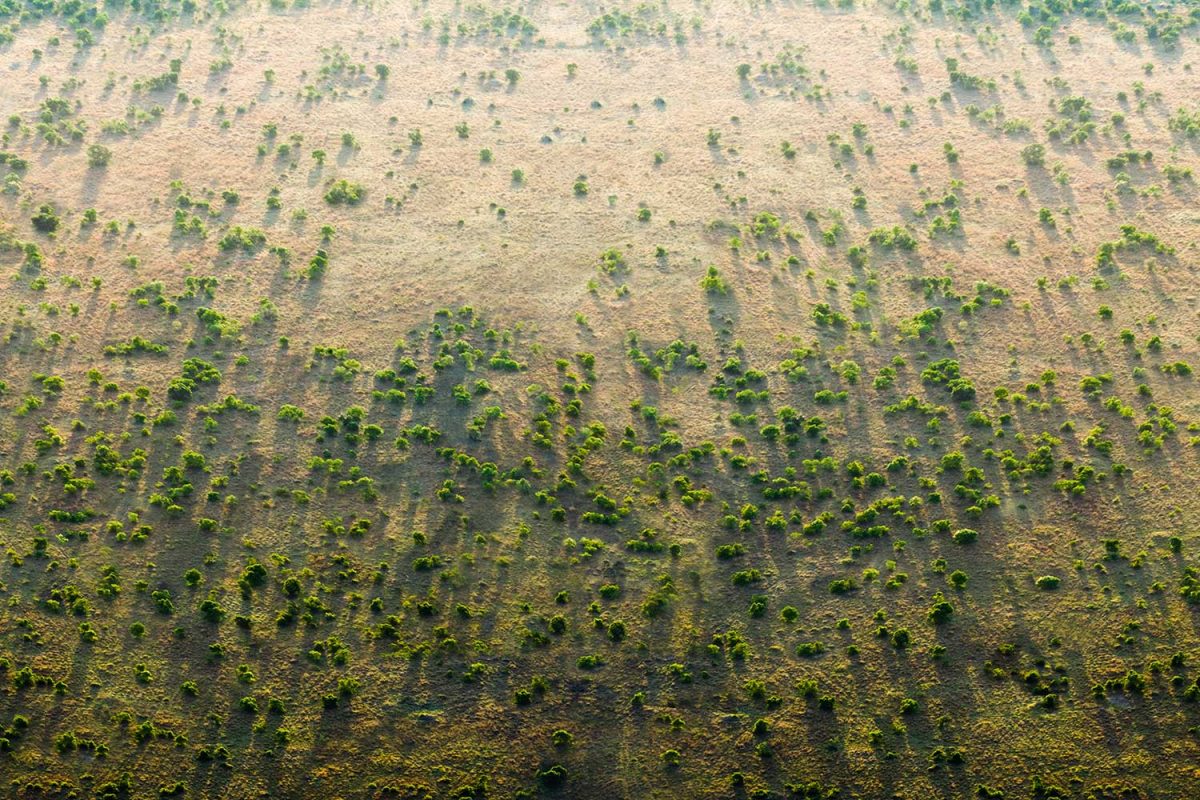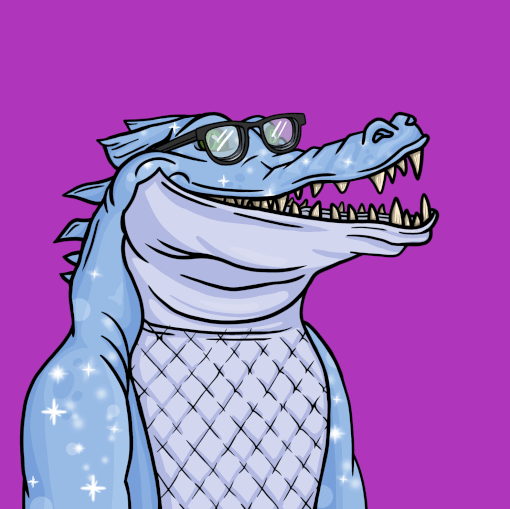Four times NFTs proved to be good for the environment
When it comes to the environment, NFTs have a bad reputation – much of it undeserved. At the height of the “NFTs are hurting the environment” frenzy in mid-2022, wildly decontextualized claims of single blockchain transactions consuming as much energy as a medium-sized house does in three days spread across the Twittersphere.
Two things have slowly but steadily begun to dispel such misconceptions. The first is a growing understanding of blockchain technology and how different chains’ energy needs fit into the broader picture of human endeavors that require industry. The other is the Ethereum merger, which saw the second-largest blockchain reduce its energy consumption by an astounding 99.5 percent in September.
But this is only one side of the coin. Web3 enthusiasts are not only doing their best to reduce blockchain’s negative impact on the environment; they actively use NFTs to benefit and improve it. Here are four examples of when NFTs helped win the planet (and the animals that live on it).
WWF drops the NFT fundraiser to fund conversation work
In November 2021, Germany’s World Wildlife Foundation dropped Non-Fungible Animals, its NFT fundraiser that aimed to raise money to prevent critically endangered species from becoming extinct. The collection highlights ten endangered species, including the Amur tiger, giant ibis, mountain gorilla, Persian leopard and the vaquita, the smallest whale species in the world.

Published on the Polygon blockchain, WWF set the number of issues for each animal’s NFT to the approximate number of each species still existing in the wild. For the vaquita, for example, the number is only 22. A different artist created each animal’s NFT, and the collection includes works by Anna Rupprecht, Etienne Kiefer, Andres Ribon, Bosslogic and more. So far, the organization has raised over €270,000 from the release. While some of the collection’s NFTs (like the vaquita) are sold out, several editions remain available for purchase, so don’t miss your chance to help an endangered species back from the brink.
Combating land degradation in Africa
In the summer of 2021, founder of the Kaloscope metaverse platform Kirck Allen founded The Great NFTrees project to help combat land degradation on the African continent. When the first collection is launched, the project will allow users to buy tree NFTs linked to geotagged locations of real trees planted in Africa’s Green Wall. The wall is the world’s largest carbon capture project and aims to grow a trillions trees over an 8,000 km stretch in Africa.

NFTs in the Great NFTrees collection will connect to one of three species in the Great Green Wall: Baobab, Acacia and Shea. After collecting an NFT, buyers will be able to display their digital assets in their Kaloscope metaverse space, which will itself be an individual NFT. Earlier this year, Kaloscope announced that it would add William Kwende to its board as a strategic sustainability advisor. Kwende is well-known in sustainability circles, having founded Agritech in 2005, a company focused on achieving sustainable development goals by training farmers in the West African Sahel. Kwende also leads the Great Green Wall initiative with the World Economic Forum and the United Nations.
Ninety percent of the proceeds from The Great NFTrees drop, which is scheduled to go live in 2023, will go to the Great Green Wall project. The remaining 10 percent goes to cover administrative costs. Kaleidoscope plans to allow collectors to purchase NFTs with a variety of cryptocurrencies.
Bringing animals back from extinction
In the summer of 2022, Spix’s macaw became the first species to become “unextinct”. After disappearing from the wild and spending 22 years in captivity undergoing rehabilitation, a group of the iconic blue birds were released into the forests of Bahia state, Brazil, on June 11. To celebrate this momentous moment in conservation, photographer Tim Flach collaborated with Atlas Labs and the Association for the Conservation of Threatened Parrots (ACTP) for his first NFT project: Project Unextinct — a collection of images of Spix’s Macaw.
Flach and Atlas Labs dropped the collection on Nifty Gateway. Three of the six images were 1/1 NFTs selling for over $22,000 each, with another two editions of ten selling for $300 and $450 each. One edition of 25 photographic NFTs is still available in the collection at $999 each, so if you want to make a positive difference in the world through Web3, now is a good time to do it.
Steve Irwin’s Australia Zoo launches NFT collection
In June 2022, Australia Zoo partnered with green NFT startup Meadow Labs to celebrate the 20th anniversary of Steve Irwin-founded conservation organization Wildlife Warriors with an NFT drop.

With prices starting at $50 AUD ($36.13 USD), Australia Zoo released 2,000 Warrior Crocs tokens that somehow resembled members of the Irwin family. Speaking to nft now, Meadow Labs co-founder and CEO Martin Kelly said the genesis of the project “came from wanting to use NFTs for good.” Highlighting this desire is the fact that the decline took place on the world’s first carbon-negative blockchain, Algorand. Meadow Labs pledged 100 percent of primary sales to fund Wildlife Warriors and The Australia Zoo. The drop is the first of a planned five-part NFT collection series for animal collections that include koalas, echidnas, turtles and wombats.


